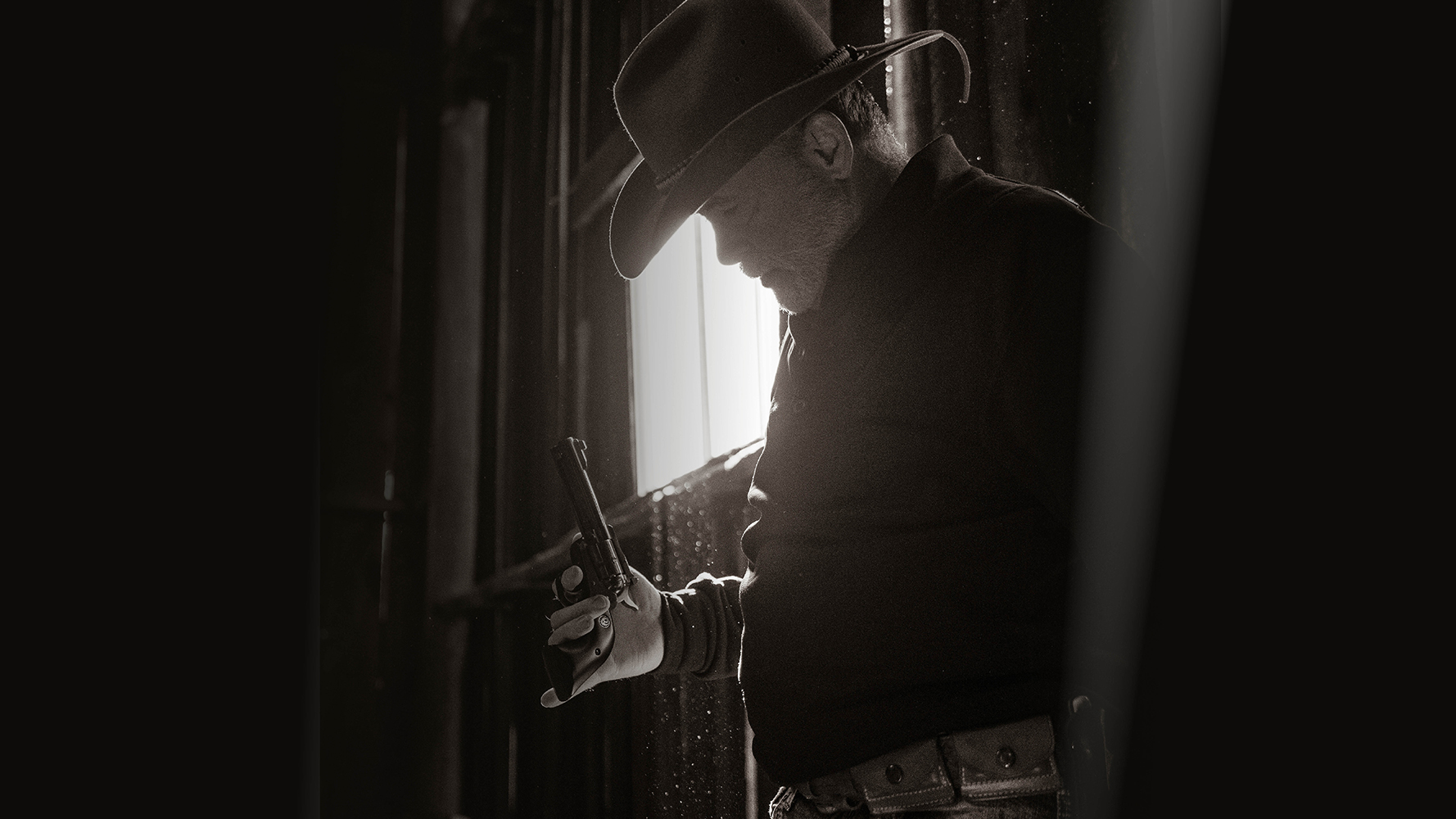
A few weeks ago I received a supply of ammunition from Liberty Ammunition. It was a collection of their Civil Defense loads. Today Bat and I run them trough 10% ordnance gelatin before we shot basketball. (Hey, its 60 freaking degrees here today. Heat wave!)
The performance of these loads will be detailed in an upcoming article so I cannot share all the results here or the magazine would have nothing to pay me for. What I can do is tell you that, at least from a velocity standpoint, this stuff performs as advertised. Terminally speaking I’d say the results were good and bad with a lot of tissue destruction but with penetration that was not in a straight line.
I’m not sure how deep the 9mm load would penetrate because I could never keep the bullet’s base in a four inch wide gel block. After the violent expansion, all that is left is a disk and as with any bullet that gets to flat, these disks like to turn on their edge. When they do, the direction they go is anyone’s guess. The only thing you can be reasonably sure of is that it won’t be straight.
Watching the video’s on the manufacturer’s web sight I notice they are testing the loads in what looks to be Perma-Gel or something similar. This stuff is not the same as 10% ordnance gelatin and as I’ve seen before, there can be variations – with some bullets – when comparing the results with gelatin. (In the video the bullets seem to track straight.) Of course, ordnance gelatin is not a bad guy and Perma-Gel isn’t either. So, make what you will of the results.
I can tell you that the Civil Defense load was the most accurate load tested out of Remington’s new R-51 and the average velocity was 2006 fps; 6 fps more than what Liberty Ammunition advertises. The .45 ACP load is advertised at 1900 fps and it averaged 1938 fps from a Colt Commander. The .380 ACP load is advertised at 1500 fps. Out of a Diamondback .380 with a 2.8 inch barrel the average velocity was 1418 fps. Recoil in the .380 and the 9 was moderate, out of the .45 it was stiff.
There has long been an argument when it comes to what is best when talking defensive handgun ammunition; velocity or energy. (The .40 S&W was created for those who cannot make up their mind.) Looks like you get both with this stuff – the 9mm load generates 446 ft.lbs. at the muzzle and the .45 650! Of course you also get a frangible bullet. It might be just what you’re looking for and it might not. I’m just the messenger so don’t shoot in my direction with this stuff or anything else. I’m kind of partial to Remington’s 124 grain +P Golden Saber load.



Reading your post reminded me of some ammunition a friend showed me last summer called USM4. I Googled that and found that it is/was made by Liberty Ammunition. Has Civil Defense replaced it?
Phillip, I can’t answer that question.
I’ve been shooting, reloading and carrying handguns for over forty five years. I remember when “Super Vel” started the high velocity, lightweight, hollow point revolution. I love the .38 Special, the 9mm, the .45 acp & the .357 Magnum. My new love is the 10mm. I detest the .40S&W. I had a bad man soak up 6 .40 S&W’s out of a Glock 22 at less than 15 yards and still be able to put a 12 gauge slug in my partner. My partner did live and the “bad guy” expired but it was due to blood loss. In 9mm I believe in the 124 grain Speer Gold Dot loaded at +P+ velocities. In .45 acp, the 200 grain Speer Gold Dot +P at 950 fps. Super Lightweight bullets have their place especially in a crowd where over penetration is a factor but, it’s got to be able to penetrate to reach vital organs. Anything smaller than 9mm, go with full metal jacket. Even the 9mm & .38 Spec only come into their own at the highest pressure loadings. My carry ammo now is always Double Tap. Sorry, don’t usually post anything, thanks for listening to the rambelings of an old man.
Pingback: 2000 fps 9mm | The Gun Feed